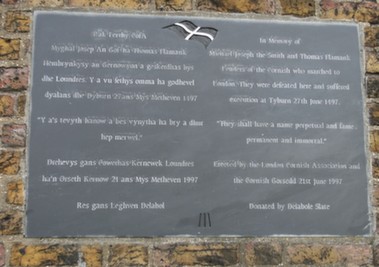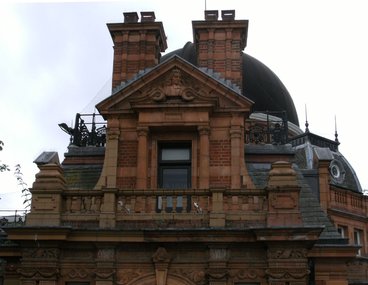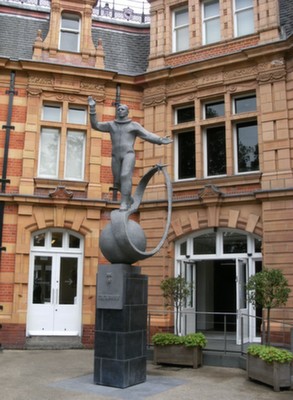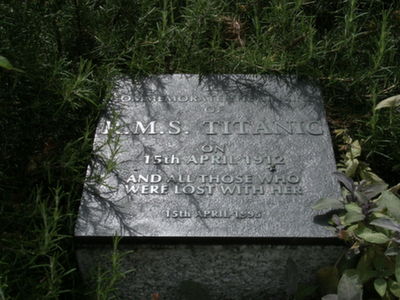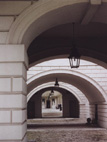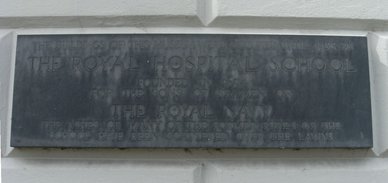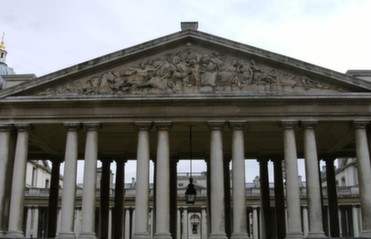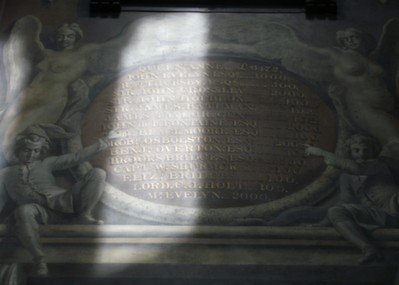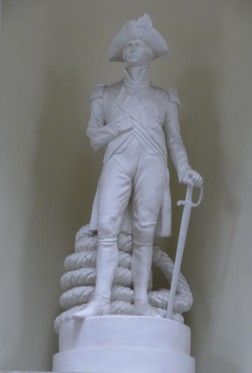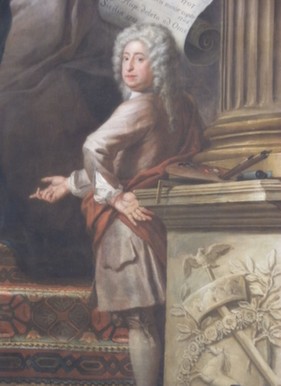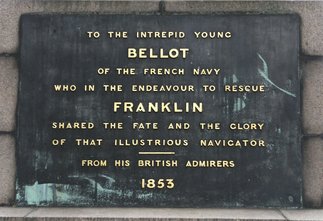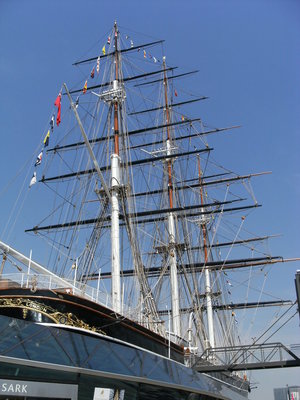JOHN WILLIS
Cutty Sark, the last
remaining tea clipper was built on the Clyde in 1869.
It traded tea until 1877 then Australian wool
1883-95. It was contracted by Jock Willis, who had
commanded one of his father’s vessel when only
19 years of age, and went on to become a ship-owner
in his own right. He gained the name “White Hat”
Willis because of his habit of sporting a white top
hat. Willis was proud of his Scottish heritage and
passionate about Robert Burns, reflected in the names
of his ships. He died in 1899 having sold the Cutty
Sark in 1895.
SIR WALTER RALEIGH (1554 -
1618)
Sir
Walter Raleigh was a courtier, explorer and author.
Born in Hayes Barton, Devon he was knighted in 1585
for his plans to colonise Virginia, although the
mission failed. In 1587 he financed the construction
of the Ark Royal at Deptford and fought in this ship
against the Armada. He later became an Irish
landowner and Governor of Jersey. Following the death
of Queen Elizabeth he was tried for treason and spent
13 years in the Tower of London where he wrote ‘A
History of the World’. After an expedition to
the Orinoco which outraged the Spanish Ambassador he
was beheaded and buried in St Margaret’s
Westminster.
The
statue pictured is outside the Discover Greenwich
building.
![]()
